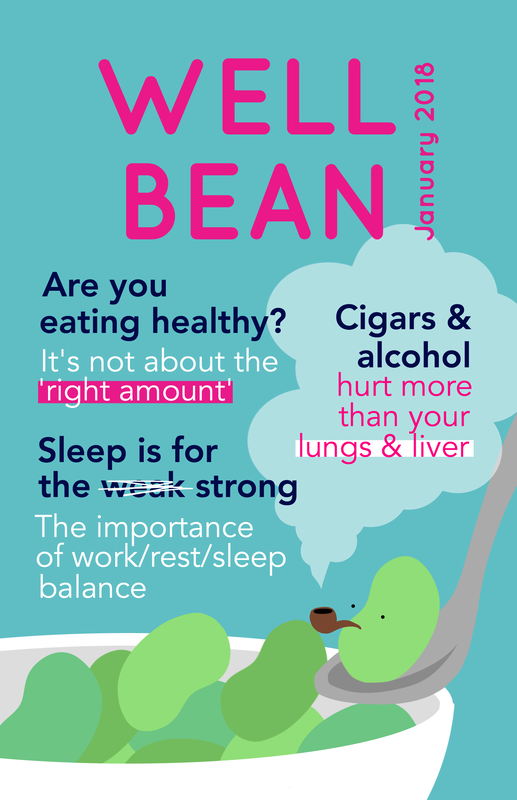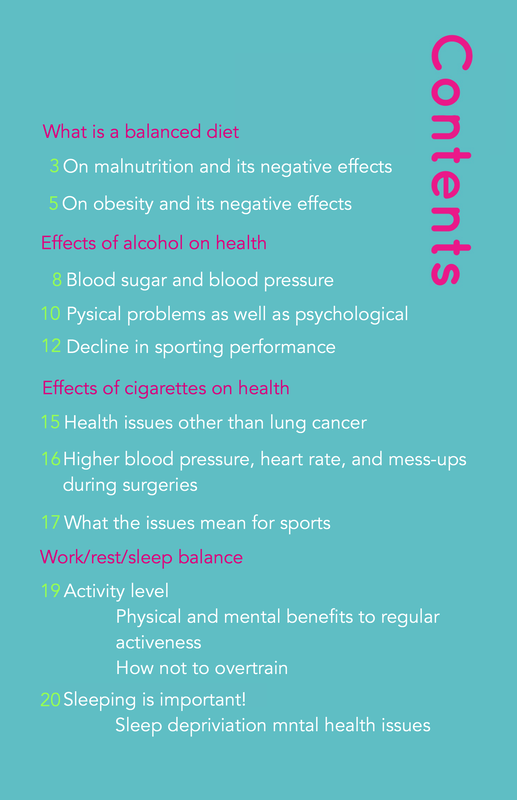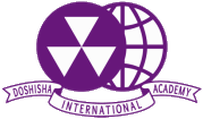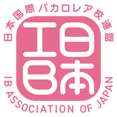Physical & Health Education
The goal of Physical & Health Education (PHE) is to develop physically literate individuals who have the knowledge, skills and confidence to enjoy a lifetime of healthful physical activity. Students learn according to the SHAPE America National Standards for K-12 physical education. The standards focus on the following areas: (1) motor skills and movement patterns, (2) concepts, principles, strategies and tactics related to movement and performance, (3) physical health and fitness, (4) responsible personal and social behaviour, and (5) the value of physical activity for health, enjoyment, challenge, self-expression and/or social interaction.
The grade 6 to 10 PHE program uses a criteria-referenced assessment framework and an inquiry-driven approach to the subject. The course emphasizes knowledge and understanding about health and physical activity, development of practical skills, techniques, strategies, and movement concepts, performance analysis, evaluation and reflection, and personal and social development.
The grade 6 to 10 PHE program uses a criteria-referenced assessment framework and an inquiry-driven approach to the subject. The course emphasizes knowledge and understanding about health and physical activity, development of practical skills, techniques, strategies, and movement concepts, performance analysis, evaluation and reflection, and personal and social development.
Digital Literacy
To promote the use of technology and develop students digital literacy the following applications are used in Design:
- Google Classroom - students use Google Classroom to learn about formative and summative assessment tasks in detail, read teacher announcements, comment on questions posted and submit work for review.
- Weebly - students use a subject website to access information relevant to the course and maintain a digital portfolio and blog of their work.
- ManageBac - students use ManageBac to access information about units of inquiry, check deadlines, view grades and read termly reports.
- G Suite (formerly Google App for Education) - students use G Suite to communicate and collaborate, which includes tools like Gmail, Calendar, Docs, Slides, Forms and Drive.
Assessment
Each quarter, students complete several units of inquiry in design. Summative assessment tasks address the assessment criteria (A, B, C, and D), and learner outcomes adopted in this subject. The student work below provides an example of assessment tasks given in this subject.
A. Knowledge and Understanding
To address this criteria, students produced a health magazine front cover and contents page on a number of different topics such as 'Health, Fitness and Wellbeing'.
To address this criteria, students produced a health magazine front cover and contents page on a number of different topics such as 'Health, Fitness and Wellbeing'.
B. Planning for Performance
To address this criteria, students planned and performed an activity to improve physical health, recorded it, then analyzed and evaluated its effectiveness by producing a vlog which included the following:
To address this criteria, students planned and performed an activity to improve physical health, recorded it, then analyzed and evaluated its effectiveness by producing a vlog which included the following:
- An introduction
- An explanation of the activity
- The learner profile attributes the activity offers opportunities to develop
- Difficulties encountered
- How the activity could have been improved
- The ATL skills targeted
Your browser does not support viewing this document. Click here to download the document.
For privacy, the vlog has been removed.
C. Applying and Performing
To address this criteria, students recorded themselves applying and performing. The ESCI tennis video evidence was used in part to determine each students performance level (initial, emerging, competent or proficient) in relation to their skills, technical proficiency, movement and strategic awareness. Students also participated in practice games, league matches, a tournament, referring and scoring.
To address this criteria, students recorded themselves applying and performing. The ESCI tennis video evidence was used in part to determine each students performance level (initial, emerging, competent or proficient) in relation to their skills, technical proficiency, movement and strategic awareness. Students also participated in practice games, league matches, a tournament, referring and scoring.
D. Reflecting and Improving Performance
To address this criteria, students produced a physical fitness test vlog which included the following:
To address this criteria, students produced a physical fitness test vlog which included the following:
- An introduction
- An explanation of each physical fitness test and the component of health and skill related fitness each test measures
- An analyzes of grades achieved in each test
- Factors that may have affected performance
- Areas for improvement
For privacy, the vlog has been removed.
Updated Nov'22




